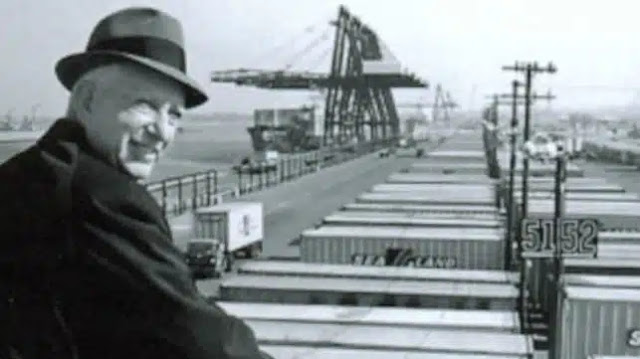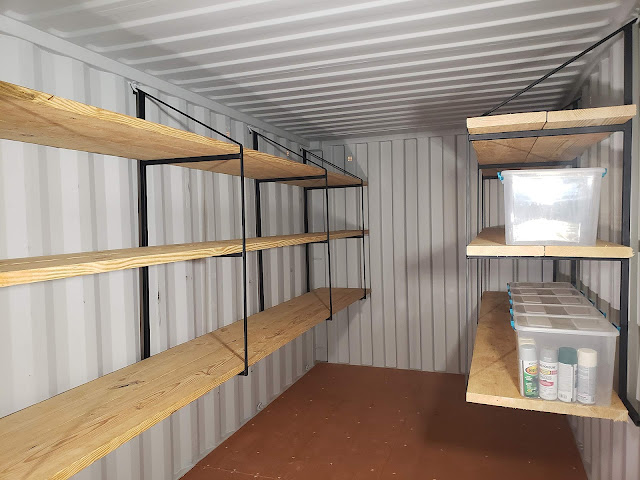A Brief History of the Shipping Container
 |
In today's globalized world, the shipping container has become an iconic symbol of international trade and commerce. These ubiquitous steel boxes have revolutionized the transportation industry, making it faster, more efficient, and more cost-effective to move goods across the globe. In this blog, we will take a journey back in time to explore the fascinating history of the shipping container and its profound impact on the way we trade and connect with the world. A Brief History of the Shipping Container.
Must Read: Navigating Container Shipping Rates in the USA: Complete Guide
The Dawn of Containerization Shipping Container
The concept of containerization, packing goods into standardized containers for easy transportation, dates back to the late 18th century. However, it was not until the mid-20th century that the modern shipping container, as we know it today, took shape.
- Malcolm McLean and the Birth of Container Shipping: The credit for the modern shipping container goes to an American trucking magnate named Malcolm McLean. In 1956, McLean launched the world's first successful container ship, the SS Ideal X. It sailed from New Jersey to Houston, Texas, carrying 58 metal containers. This groundbreaking event marked the beginning of the container shipping revolution.
Standardization and Adoption
- The ISO Standard: One of the critical factors that contributed to the success of shipping containers was the establishment of the International Organization for Standardization (ISO) standards in 1961. The ISO standardized the dimensions and features of shipping containers, ensuring compatibility across different modes of transport and facilitating efficient handling at ports.
- Global Adoption: The 1960s and 1970s witnessed widespread adoption of containerization around the world. Ports were changed to accommodate container ships and container terminals were developed to handle the increased cargo volume. This shift significantly reduced loading and unloading times, cutting down on labor costs and enhancing overall efficiency.
Benefits of Containerization
Containerization brought many benefits to the shipping and logistics industry, as well as the global economy:
- Faster Shipping Times: Containerization drastically reduced the time to load and unload cargo, leading to faster transit times for goods between destinations.
- Cost Savings: By streamlining the shipping process and minimizing manual handling, containerization brought about significant cost savings for both shipping companies and manufacturers.
- Enhanced Security: Shipping containers provided improved security for goods during transit, protecting them from damage, theft, and the elements.
- Intermodal Transportation: Containers can be seamlessly transferred between ships, trucks, and trains, making it possible to transport goods across multiple modes of transportation without the need to unpack and repack the cargo.
The Container Shipping Today
Today, containerization remains the backbone of global trade. Container ships, some of which are among the largest vessels in the world, transport goods between continents, linking manufacturers and consumers across the globe. The standardization of shipping containers has fostered a more connected and accessible global market, allowing businesses of all sizes to take part in international trade.
Must Read: Smart Shipping Containers: The Future of the Shipping Industry
Conclusion
The shipping container has undoubtedly revolutionized the way we transport goods, profoundly impacting the world of commerce and globalization. From the innovative idea of Malcolm McLean to the establishment of ISO standards, containerization has brought efficiency, speed, and cost savings to the shipping industry. As we move forward, A Brief History of the Shipping Container the humble steel box will continue to play a pivotal role in shaping the future of international trade and strengthening global connections.
We are online 24/7




Comments
Post a Comment